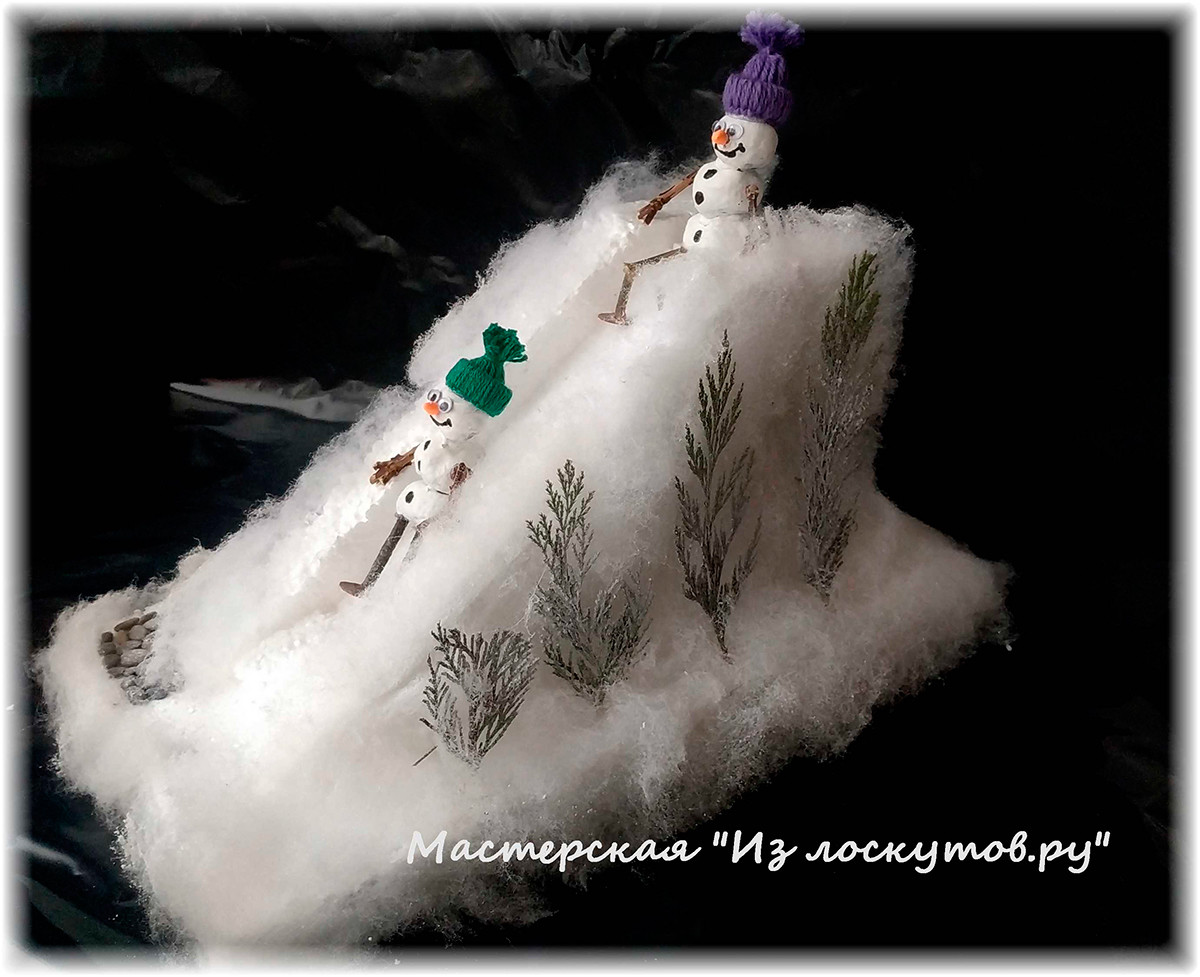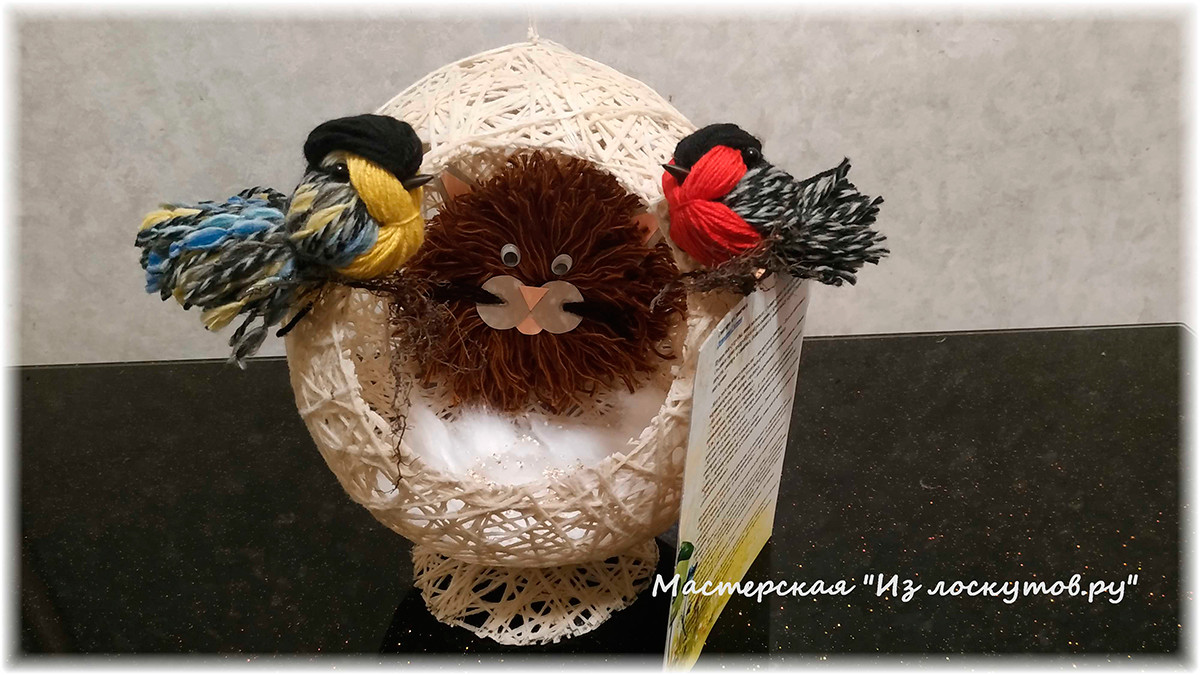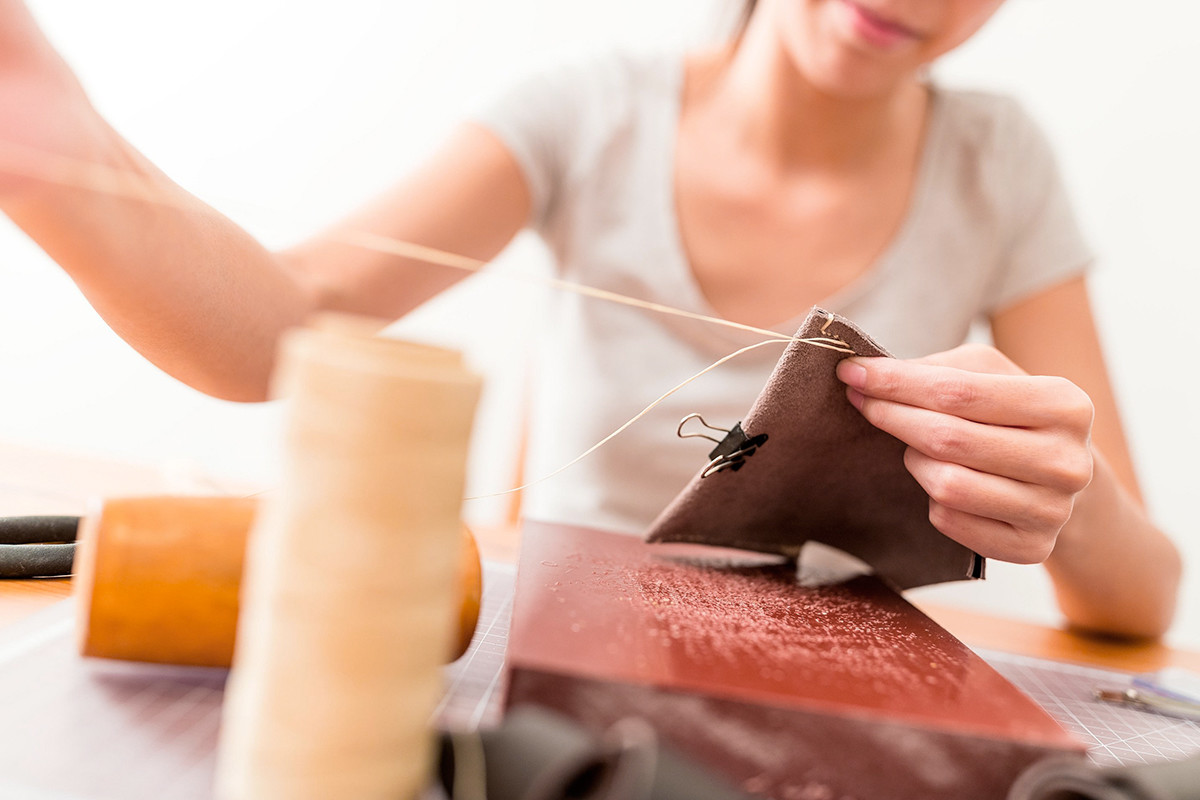
The time on the clock is almost midnight. A sleepy child appears at the door of his parents’ bedroom with a bombshell announcement: He has just remembered he has to hand in a project at 8 a.m. the next morning - a handicraft item made of pine cones. All hell breaks loose: The parents frantically rummage through drawers in search of plasticine and glue, consult Google for all-night stores selling stationery and rush to the nearest park with a torch to hunt for pine cones.
This kind of situation is familiar to every Russian family. “At 2 a.m. I would remember I needed to bring some fabric for an apron to an arts and crafts class the following day,” writes user @marslegend7 on TikTok.
“I had a similar experience in the third grade. It’s winter outside, it’s horrible and cold, and it’s almost 1 a.m. I wake my mom up to tell her I’ve forgotten to make a hedgehog. And she sends my brothers outside to look for pine cones and leaves for me,” recalls user @azizanurlybek. TikTok users have discussed such situations countless times and every time they do, such videos gather hundreds of sympathetic comments. School homework forgotten and then remembered at the very last moment is a common headache of all parents with children in junior school.
But in Russia, there are people ready to come to the parents’ rescue, albeit for a small fee. Crafters specializing in children’s handiwork can be found on specialist websites and social networks. They will do the parents’ and children’s job for them and build a little house out of acorns, draw a winter scene, or make other similar things. They offer ready-made items that can be purchased with a click, or custom-made handicrafts, or simply provide the materials (if you can’t be bothered to go to the nearest woods or park) - i.e. pine cones, the most ordinary autumn leaves, or bark from a tree...
Prices for such items vary greatly - from 50 rubles (approx. $0.70) for a small figure of a man made out of acorns or 5,000 rubles (approx. $68) for a scaled model of the solar system, to 15,000 rubles (approx. $200) for a model of a Christian Orthodox church with figurines going about their Christmas festivities.
“Before I started selling handicrafts, I did some market research to discover whether anyone would be interested. I found a couple of stores, I read the feedback and concluded that people were indeed buying this sort of thing. I made a couple of items and uploaded a few pieces which I had made with my children… And that’s how it all began,” says Maria Dugova from Moscow.
She’s been making patchwork items for more than 12 years now - it’s her main occupation. “But this kind of handicraft only has seasonal demand and so I tried to find options for making items with instant supply and demand. I have two children, a 10-year-old girl and a 6-year-old girl. We always get prizes for our handiwork,” Maria says.

Mary's craft
Workshop "Iz loskutov.ru"Mothers often contact her late in the evening, when they realize that otherwise they are going to have to spend half the night working on the latest appliqué project. She gets a particularly large number of requests before holidays like Mother’s Day, New Year and March 8 (International Women’s Day). Maria doesn’t charge double for urgent orders, but many crafters do. The majority adopted this line of work when they were on maternity leave.

Mary's craft
Workshop "Iz loskutov.ru"“I was making handicraft items together with my children, and then other mothers at the playground started saying: ‘Could you make one for my child?’ I had to turn them down, as time is money and the materials cost money, as well. Then they said: ‘I’ll pay you for it.’ At first, I made them for these mothers and their friends and then I decided to put a couple of items on the internet,” says Tatyana, who works as a flower arranger in a hotel, after previously working as a junior school teacher and seeing a large number of children’s handiwork projects.

Mary's craft
Workshop "Iz loskutov.ru"“Believe me, it’s immediately obvious what the parents have made, what has been purchased and what the child himself has done,” Maria says. One child will have a detailed model of the solar system with moving parts and another will have a rocket cut out of cardboard. Mind you, few people are upset by this sort of “fakery” in kindergarten and school handicraft competitions.

Mary's craft
Workshop "Iz loskutov.ru"“Many thanks! Very good work! Tomorrow we’re off to the nursery with our handiwork!))”
“Everything’s fine - we were top of the class!”
“Many thanks. We got top marks.”
The positive feedback on the work of handicrafters confirms that demand for such items is high. Winning a competition, getting good marks and making life easier for parents - some people may think it dishonest, but, according to Maria, she has a lot of understanding for her clients. To the question why parents and schools go in for this kind of thing, she replies: “For the sake of the children. You can’t imagine how much happiness there is in the eyes of a child when he or she takes in a piece of handiwork and the grown-ups praise the child and the mother. It’s a psychological thing. The psychology of adults who buy these pieces rather than making them themselves is also straightforward: “I don’t have the time, I can’t do it myself, but at the same time I can’t let my child down, I just can’t not help out.”

“Children are also open about it and freely say where the work came from and what part of it they had a hand in,” Tatyana says, believing it ethical to sell only semi-finished items - to enable clients to complete them along with their children.

Sometimes, children’s competitions become an arena for rivalry among parents, who vie among one another to come up with the coolest piece of handiwork. Sometimes the child sees “their” work for the first time only at the competition itself. The school cannot reject this kind of work, but it saps the motivation of the other children. But all these are first and foremost “secondary considerations”, according to nursery school teacher Albina Minigaliyeva: “This [the setting of handiwork tasks] is done in order for parents to spend some spare time with their children. Working on a joint project brings them together. And the child himself starts paying closer attention to what he himself is doing.”
If using any of Russia Beyond's content, partly or in full, always provide an active hyperlink to the original material.
Subscribe
to our newsletter!
Get the week's best stories straight to your inbox